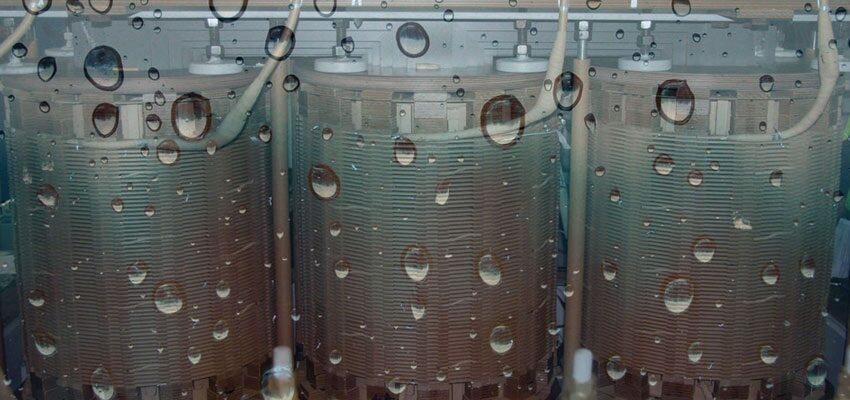
Column: Water in transformer
Moisture equilibrium in transformer insulation systems: Mirage or reality? Part 1 Introduction One of the most cited research publications on transformer diagnostics has been a...
byWritten by Oleg ROIZMAN

Moisture equilibrium in transformer insulation systems: Mirage or reality? Part 1
Introduction
One of the most cited research publications on transformer diagnostics has been a paper by Du, et al. “Moisture equilibrium in transformer paper- oil systems” [2]. According to Google scholar, it was cited by more than 400 times at the time of writing. This is by far exceeding any research work in area of diagnostic of power transformers, except for Duval’s work related to DGA. The very first CIGRE Technical Brochure (2008) [3] exploring phenomenon of moisture in transformers was titled: “Moisture equilibrium and moisture migration within transformer insulation systems” [3]. The first article of inaugural issue of CIGRE SCIENCE & ENGINEERING Journal was a paper by C. Perrier et al, fully dedicated to establishing new moisture equilibrium curves for transformer cellulose insulation immersed in ester liquids [4]. On the other hand, we all (experts and users alike) know that moisture equilibrium does not exist in operating transformer. That’s right, in the operating transformer water is always in transition, either moving within cellulose insulation or migrating from paper to oil and versa visa. Then it raises the question, “what is the value of all the knowledge and experience behind it?”. Is the water equilibrium in transformer oil/paper insulation just an illusion as the title suggests? To answer that question a very good place to start is a research work by Du et al [2] where the author and her co-authors provide a historical background on moisture equilibrium curves and their development.
The beginning
Following the steps of Du et al [2] we could find out that the first moisture equilibrium chart as applied to electrical apparatus was published by John Piper [7]. The problem raised was a possible condensation of water in gas space and drop-outs on active parts leading to increased risk of failure. The objectives were:
a) to use dew point instrument to predict condensation temperature and
b) to develop equilibrium charts for practical use.
The author gave a few examples of the use of the chart and in particular:
a) in predicting the equilibrium moisture content that fibrous materials will acquire when exposed to atmospheres of various relative humidity and temperatures
b) in predicting the dew points of the gas in enclosed electric apparatus, and
c) in employing dew point measurements as a non-destructive analytical tool for determining the moisture content of fibrous materials in electric equipment.







